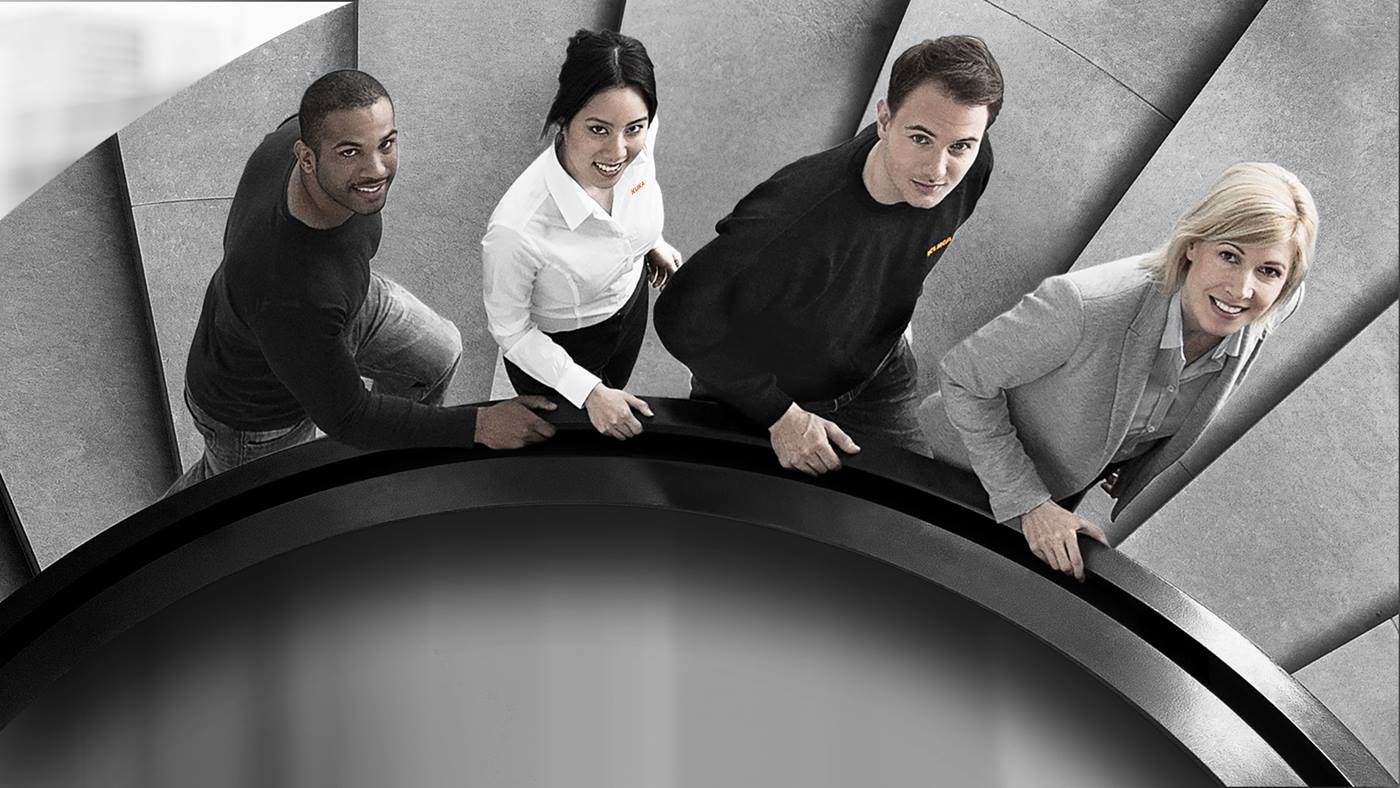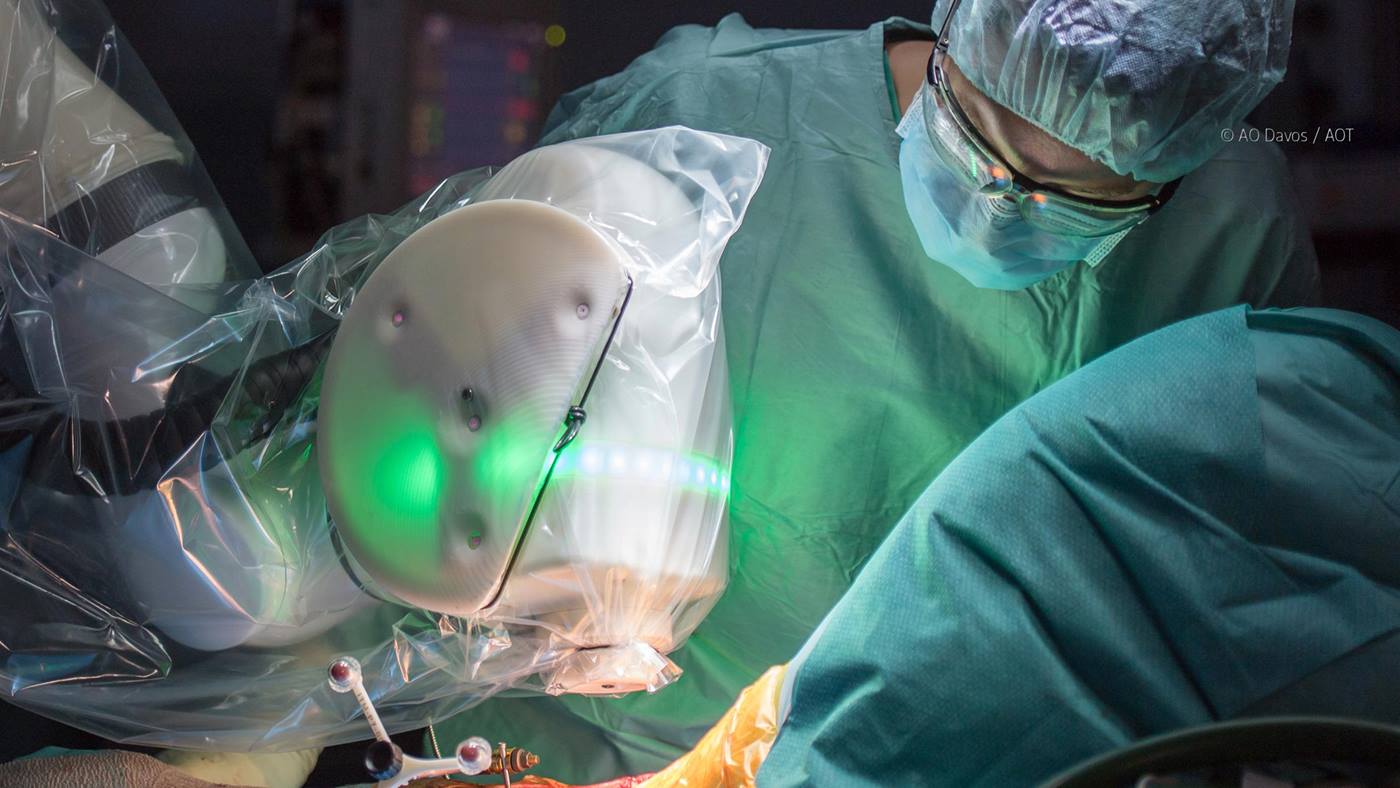
Research projects
KUKA supplies robot-based technologies to the medical sector, and through partnerships with universities and institutions actively participates in technological progress in medical robotics.
MURAB: Improved breast cancer diagnosis using robot-assisted systems
Jointly with partners in the European research project MURAB, KUKA is working towards improved diagnosis in the fields of breast cancer and muscle diseases. If the results of breast cancer screening are suspicious, a biopsy is taken of the suspicious tissue and the biopsy is then investigated further. For this, it is critical that the biopsy is taken from exactly the correct area. A combination of MRI imaging and ultrasound enables the exact target to be found. The KUKA robot drives the ultrasound probe and guides the biopsy needle to the lesion so that the doctor can insert the needle with great precision. The aim is to make the procedure easier and more reliable for those involved.

HaiLeg: Sensitive leg presses for complex knee models
In the HaiLeg research project (Highly articulated intelligent Leg) at the Deutsche Sporthochschule Köln (German Technical College for Sports in Cologne), a KUKA robot acts as a sensitive leg press for orthopedic analyses. This requires the patient to press his foot against a pressure-sensitive plate. The motion data that are collected are reported in real time to a computer, where they are processed further. The torques and muscular forces are used to create a biomechanical model of the knee.

M²INT: Minimally-invasive tumor treatment at the molecular level
Biopsies are taken in order to obtain a positive diagnosis for cancer patients. These involve taking samples of tissue from pre-selected locations. However if patients have multiple distributed metastases, this procedure is difficult and laborious. The objective of the project supported by the Federal Ministry of Education and Research (BMBF) is, after successful diagnosis of these oligo-metastatic patients, to address the tumors at the molecular level on a minimally-invasive basis.
For this purpose, the doctor works hand in hand with the robot. After the insertion site has been identified using a 3D X-ray system, the robot delicately inserts a biopsy needle there and the doctor guides the robot manually. The insertion itself is performed by the doctor in collaboration with the robot. The new technique is intended to simplify and speed up this repetitive procedure for each metastasis. This reduces the stress on the team in the operating room and thus also on the patient.

STIMULATE: Human-robot collaboration to fight cancer cells
At the Solution Center for Image Guided Local Therapies (STIMULATE) the operations of the future are already being demonstrated, with the assistance of KUKA robots. The hybrid operating room consists of a tactile floor, a flexible operating table, a large image-display robot and a lightweight robot with an operator panel.
This setup allows for the performance of robot-assisted radio-frequency ablation; in other words, it's a procedure by which some of a tumor can be destroyed by applying high temperatures. For this, a volumetric map of the patient is first produced using the Siemens Artis zeego system. Then the sensitive KUKA lightweight robot together with the doctor brings to instrument to the required place. The robot ensures that the instrument maintains the correct orientation. The motion ends once the previously identified final position is reached. In this procedure, the human-robot interaction is critical for achieving a reliable and precise ablation of the tumor.




